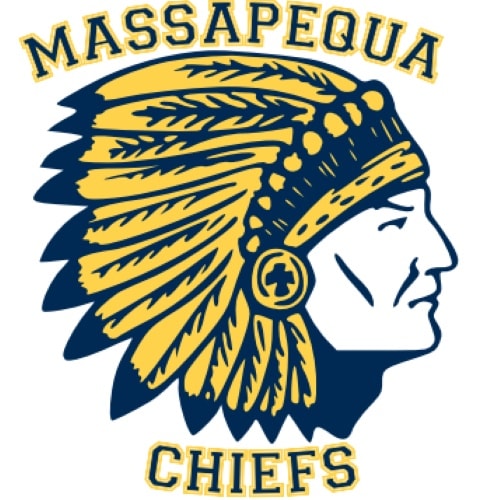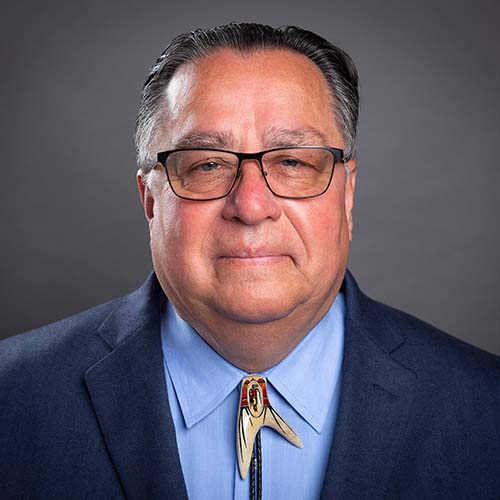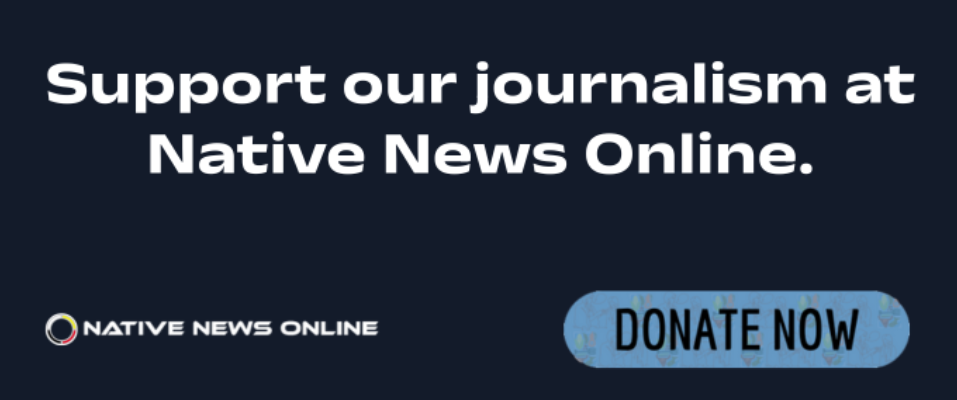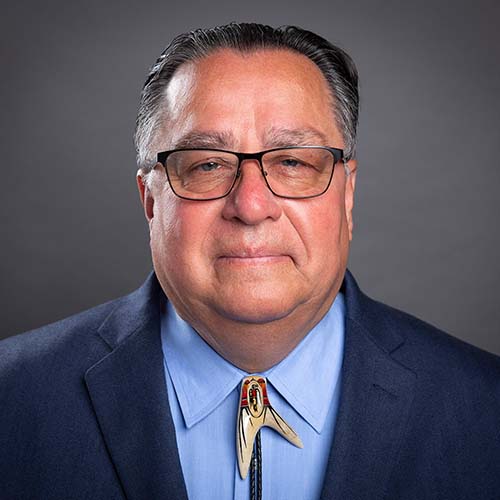
- Details
- By Levi Rickert
Opinion. On Friday, the U.S. Department of Education launched an investigation into the State of New York’s directive to remove Native American imagery from public schools.
The issue gained national attention when President Donald Trump posted on Truth Social that he agrees with the residents of Massapequa on Long Island that they should be able to keep their Chiefs logo. He asked Education Secretary Linda McMahon to look into it.
“The U.S. Department of Education will not stand by as the state of New York attempts to rewrite history and deny the town of Massapequa the right to celebrate its heritage in its schools,” Education Secretary Linda McMahon said in a statement on Friday.
“While New York chooses to prioritize erasing Native Americans, their rich history, and their deep connection [to the] state, it is requiring schools to divert time and resources away from what really matters: educating our students.”
The State of New York is right to eliminate the appropriation of Native American imagery in sports, and McMahon is wrong on this issue. She mentions “erasing Native Americans” in her statement. What she apparently does not know is that erasure of Native Americans in New York started centuries ago in the 1600s.
Dutch settlers caused the erasure of the Massapequa people, who lived on the southern shore of Long Island in woodland villages around present-day Massapequa, Massapequa Park and South Oyster Bay.
The Massapequa were erased through displacement from their land, war, and disease, such as small pox.
Today, the Massapequa Union Free School District board of education reached out to Trump to intervene after their lawsuit to overturn the New York State Board of Regents’ ban on using Native American imagery in schools was rejected in the U.S. District Court for the Eastern District of New York.
“I agree with the people in Massapequa, Long Island, who are fighting furiously to keep the Massapequa Chiefs logo on their teams and school,” Trump posted on Truth Social. “Forcing them to change the name, after all of these years, is ridiculous and, in actuality, an affront to our great Indian population.”
While Trump is right that there are many great Indians who live in New York — more than 100,000 — the president is wrong on most everything else on this situation.
Let’s start with the logo that the Massapequa Union Free School District school board wants to keep. It’s historically inaccurate for the decimated Massapequa tribe. The logo they are defending depicts a Great Plains headdress. The Massapequa never wore headdresses shown in the logo. How can a school claiming to “honor” Native Americans miss such a basic historical fact?
Also, the term “chiefs” was not used by the Massapequa. The word comes from the French term “chef,” meaning “head” or “leader.” European colonizers adopted the term chief to describe the leaders of the Indigenous nations they encountered, often imposing a hierarchical structure that didn't always exist within those societies. The correct word from the Algonquian languages is “sachem.”
The school board is fighting to honor a fictional version of Native American history — one that never existed among the actual Massapequa people.
If they really want to honor Native Americans, I suggest they set aside time during sporting events to have a minute of silence for the past atrocities against the Massapequa people.
As a Potawatomi man and someone who has spent decades advocating for Indigenous representation and respect, I’ve often been asked why I oppose the use of Native American imagery in sports mascots.
The answer is both simple and deeply layered.
A mascot may seem harmless at first glance. For many non-Native fans, a team name like Chiefs, Redsk!ns or Braves stirs pride, nostalgia, and community spirit. But for Native people — for the children who grow up seeing their cultures caricatured, their traditions turned into halftime entertainment, and their identities reduced to feathers and war cries — the experience is one of pain and erasure.
We are not your mascots. We are not costumes. We are not relics of a vanished past.
We are living, breathing citizens of sovereign nations. We are tribal citizens, educators, lawmakers, spiritual leaders, and storytellers. We are your neighbors. Our cultures are not props to rally a football team.
When Trump praises the return or retention of Native American mascots, he is not honoring us. He is weaponizing us in a culture war that has little to do with Native people and everything to do with preserving outdated stereotypes.
In 2020, as the country reckoned with racial injustice, we saw real progress. The Washington NFL team dropped its offensive name. Schools and universities across the nation began rethinking their mascots and iconography. Tribal leaders, Native activists, and allies came together to say, “Enough.”
And yet, here we are — still defending our right to be seen as fully human.
When Trump rails against “woke” culture and holds up Native-themed mascots as some twisted symbol of patriotism, he is not listening to Native voices. The vast majority of national Native organizations — including the National Congress of American Indians — have long called for the removal of these mascots. These are not fringe opinions. They represent the collective voice of Indian Country.
To support these mascots is to ignore science, too. Studies from the American Psychological Association show that Native mascots harm the self-esteem of Native youth. They reinforce stereotypes and limit how Native children see themselves and how others see them.
This isn’t about political correctness. It’s about human dignity and Native health.
Defending the indefensible shows immense arrogance on the part of the school board that fights to keep an inappropriate and incorrect depiction of Native American culture.
Thayék gde nwéndëmen - We are all related.
More Stories Like This
Colorado cannot heal until it confronts Sand Creek honestlyNative American Mothers Deserve to Live
Technology Rooted in Tradition is Strengthening Cherokee Nation
The Lumbee Tribe of North Carolina: #575
Tribes Do Not Need a Greenlight to Build Renewable Energy
Help us defend tribal sovereignty.
At Native News Online, our mission is rooted in telling the stories that strengthen sovereignty and uplift Indigenous voices — not just at year’s end, but every single day.
Because of your generosity last year, we were able to keep our reporters on the ground in tribal communities, at national gatherings and in the halls of Congress — covering the issues that matter most to Indian Country: sovereignty, culture, education, health and economic opportunity.
That support sustained us through a tough year in 2025. Now, as we look to the year ahead, we need your help right now to ensure warrior journalism remains strong — reporting that defends tribal sovereignty, amplifies Native truth, and holds power accountable.
 The stakes couldn't be higher. Your support keeps Native voices heard, Native stories told and Native sovereignty defended.
The stakes couldn't be higher. Your support keeps Native voices heard, Native stories told and Native sovereignty defended.
Stand with Warrior Journalism today.
Levi Rickert (Potawatomi), Editor & Publisher


